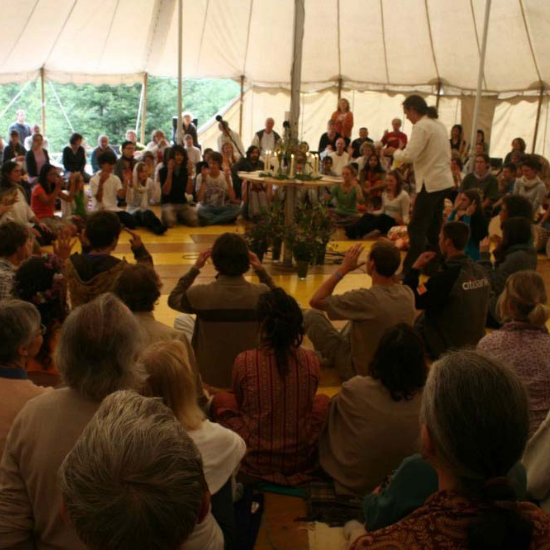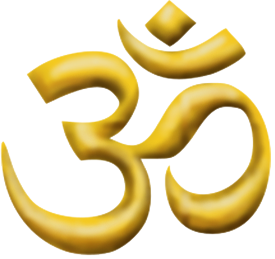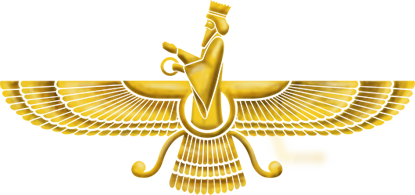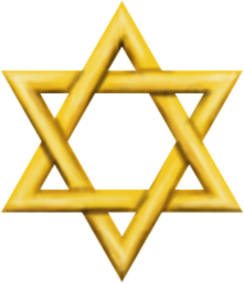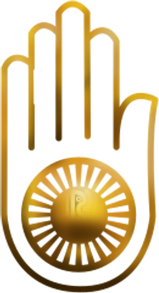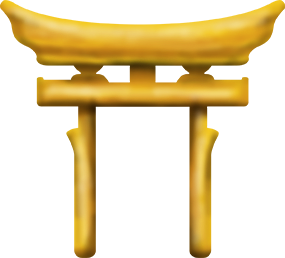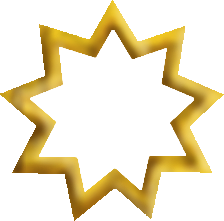History of the Universal Worship
The first Universal Worship service was held in London on Saturday, May 7, 1921, at 35 Tregunter Road. A report from that time (by E.A. Mitchell) described the scene.
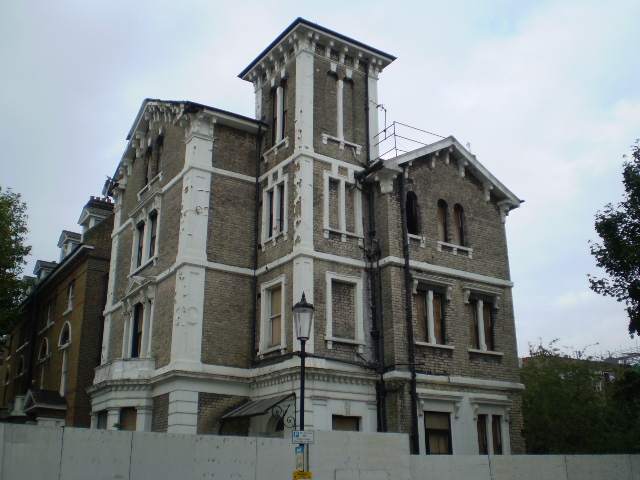
One is invited into the room on the first floor. As the door opens one’s eyes first catch sight of a lighted candle, and the smoke of burning incense upon an improvised altar. . . The prayers themselves are the most comprehensive we have ever listened to. They lift the thoughts to things above and turn them on things beneath. They speak of the greatness, the power, the beauty, the all-pervadingness of God, also of His Messengers, Rama, Krishna, Buddha, Abraham, Zoroaster, Moses, Jesus, Mohammed, and ‘those whose names are unknown.’ . . . We hold our breath, realizing it to be a moment of profound significance. . .And when the little company disperses to pass into the London night, the thought in one’s mind is that there has just been planted a tiny seed, which shall one day spring up into a great tree whose leaves shall be for the healing of the nations.
The prayers used in the Universal Worship service were heard then for the first time. Sophia Green was ordained as the first Cherag by Inayat Khan, the founder of the Universal Worship, and 6 others were received into what was then called the Universal Church of All. Each person present placed an unlit candle on the altar, adding seven to make up the eight candles of the service.
From its modest beginning, the Universal Worship has continued to grow. Now, services are being done in many parts of the world, in many different religious communities. To take a special example, on May 7, 2011, on the 90th anniversary of the founding of the Universal Worship, simultaneous Universal Worship services were performed at the exact time of first service in London in over seventy locations around the world (see map).
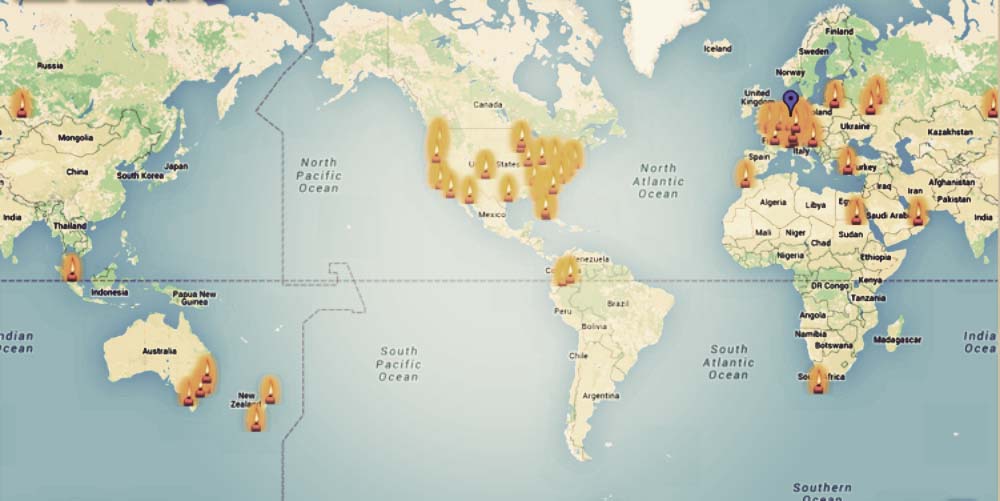
Because it seeks no converts, nor enforces any doctrines, the Universal Worship continues to spread the message of the underlying unity of religion.
Universal Worship welcoming to participants at the Parliament of the World's Religions, Toronto 2018
The Universal Worship has participated in several Parliaments of the World’s Religions, most recently in 2004 (Barcelona), 2015 (Salt Lake City) and 2018 (Toronto.)
Temples dedicated to the Universal Worship, called Universels, have been built globally. In 1969, the first Universel ( Universel Murad Hassil ), designed by the Dutch architect S.J. van Embden, was built at Katwijk an Zee, Holland, on a place in the dunes where in 1922 Inayat Khan reported a deep spiritual experience. This location was also the site of an ancient temple to Apollo, and of the first encampment of St. Willibrordus, who brought Christianity to the Dutch lowlands.
Other notable Universels have been built in Suresnes, France, Bothell, Washington, U.S.A., and Cape Town, South Africa.
As part of a dedication of the cornerstone for the Universel in Suresnes, the late Pir Vilayat Khan was appointed Head of the Confraternity on September 13, 1926. The Confraternity of the Message was instituted as a commitment to unite daily in the prayers of the Universal Worship, in order to build a spiritual accommodation for the message of love, harmony, and beauty. Membership in the Confraternity is offered to those who pledge a commitment to the recitation of the prayers.
The Universal Worship service is flexible. It can be very simple, offered in a home. Or it can be a large production, as were the Cosmic Celebrations performed to thousands of people in Boston, New York, San Francisco, Los Angeles, London, and Chamonix in the period between 1974 and 1983 (see Linden, S.B., “The Cosmic Celebration,” in C. Shrader (ed.) Ritual Theatre: The Power of Dramatic Ritual in Personal Development Groups and Clinical Practice. Philadelphia: Kingsley, 2012). Whatever the material manifestation, the Universal Worship seeks to convey the unity of purpose underlying the particularities of each religion.
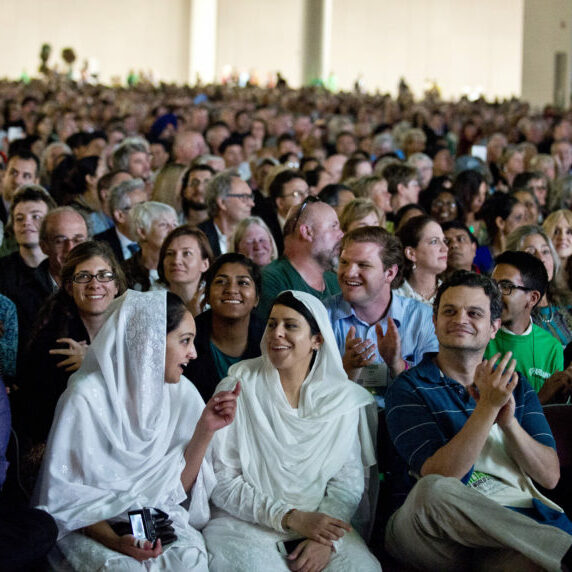
Hazrat Inayat Khan
The founder of the Universal Worship, Inayat Khan was born in Baroda, India in 1882 into a family of musicians and mystics.
His grandfather, Maula Baksh, was noted for his prominent music school, which enrolled both Muslim and Hindu musicians. He also invented a system of notation to classify (and save) Indian classical music. At an early age, Inayat showed a gift for music, and he had a meteoric career, being acknowledged as one of India’s best musicians by his late 20’s. During his years in India, he travelled the country giving concerts, classes and lectures. He was always interested in meeting seekers of truth from any walk of life or religious path, and he deeply felt the need to overcome religious differences, such as those between Muslims and Hindus. His spiritual guide saw this broad-minded spirit and encouraged him to ‘unite east and west with your music.’
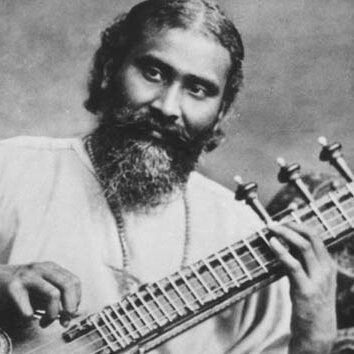
Consequently, in 1910 along with two brothers and a cousin, he came by boat to New York with the intent to spread the message of the unity of religion through music. Life was difficult at first; at one early concert the group had just finished tuning their instruments when the audience applauded and made to leave! Eventually, he and relatives toured with Ruth St. Denis as the Royal Hindustani Musicians, and gave concerts across the USA. It was in this period he met his wife, although it was several years before they were united. Along with the concerts, Inayat Khan gave lectures on spirituality. During this time, he came into contact with many prominent artists, thinkers and leaders of society. With the arrival of World War I in 1914, Inayat Khan moved his family to London, and continued to promote ‘the idea of unity which is at the root of everything.’ He felt that mysticism and religion did not belong to one race or one religion, but was the property of all mankind.
Leaving England in 1920 to live in France, Inayat Khan travelled widely in Europe. The inspiration for the Universal Worship service came in this period. In 1923 he returned to America, meeting with notables such as Luther Burbank and Nyogen Senzaki, and gained a larger number of followers. By the time of his death in 1926, he had founded centers in 12 countries. Toward the end of 1925, Inayat Khan returned to India, ostensibly to rest, but his travels, lectures and meetings continued apace there. After a brief illness, Inayat Khan died on February 5, 1926 at age 44, and was buried in the Nizamuddin Basti district of New Delhi. Today his tomb is a place of pilgrimage for many.
Pir Vilayat Inayat Khan
Pir Vilayat Inayat Khan (1916-2004) was the eldest son and spiritual successor of Hazrat Pir-O-Murshid Inayat Khan.
Born in England, Vilayat Inayat Khan was educated at the Sorbonne, Oxford, and Ecole Normale de Musique de Paris. After World War II during which he served in the British Royal Navy, Pir Vilayat pursued his spiritual training by studying with masters of many different religious traditions throughout India and the Middle East. While honoring the initiatic tradition of his predecessors, in his teachings Pir Vilayat continually adapted traditional Eastern spiritual practices in keeping with the evolution of Western consciousness. Throughout his life, he was an avid student of many religious and spiritual traditions, incorporating the rich mystical heritage of East and West into his teachings, and adding to it the scholarship of the West in music, science, and psychology. He taught in the tradition of Universal Sufism, which views all religions as rays of light from the same sun.
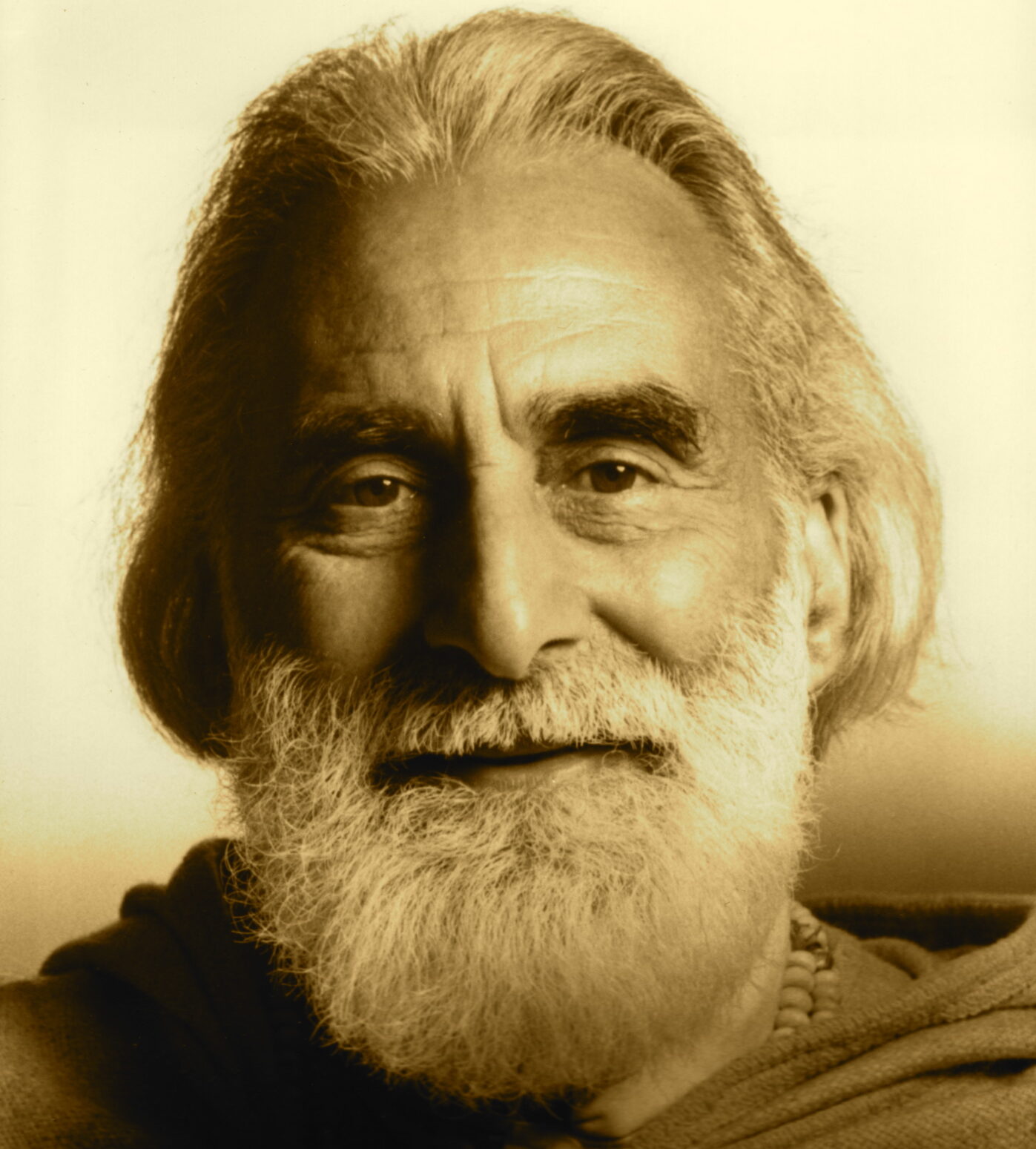
Pir Vilayat initiated and participated in many international and interfaith conferences promoting understanding and world peace as well as convening spiritual and scientific leaders for public dialogues to explore their underlying unity and mutual interests. In 1975 he founded the Abode of the Message in New Lebanon, New York, which continues to serve as the central residential community of the Inayati Order, a conference and retreat center, and a center of esoteric study. He also founded the Omega Institute for Holistic Studies, a flourishing learning center, and published many books on aspects of meditation and realization.
Noor Un Nissa Inayat Khan
Noor Inayat Khan was the first child born in Moscow to Hazrat Inayat Khan and his wife Amina Begum on 1 January 1914.
Her name meant “light of womanhood.” As the First World War started, the family left for England, where they lived for the next six years.
After the war when Noor was six, the family set sail for France again and began to live in a large house on the outskirts of Paris called Fazal Manzil – or ‘House of Blessing’. It became an idyllic home for the family, an open house full of music and meditation with Sufis visiting round the year.
After her schooling, Noor studied child psychology at the Sorbonne and also studied music at the École Normale. As a writer of children’s stories her stories were published in the Sunday section of Le Figaro and in 1939 her first book, Twenty Jataka Tales, was published in England.
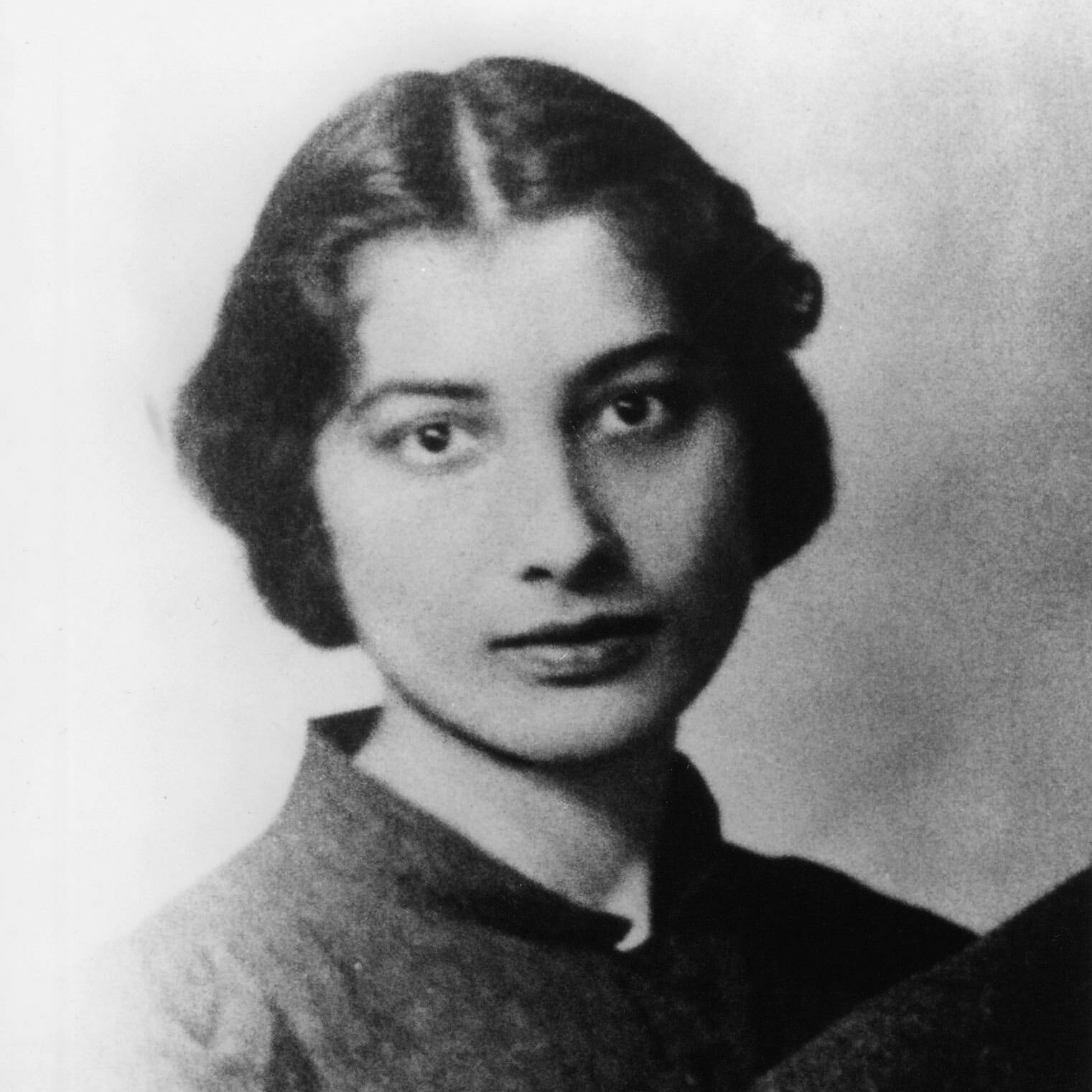
In 1940 with the German army ready to enter Paris, Noor and Vilayat resolved to go to England and volunteer for the war effort. Noor volunteered for the Women’s Auxiliary Air Force. There she was trained as a radio operator, joining the first batch of women to train in this field. She was called for an interview with the Special Operation Executive (SOE) and agreed to be sent as an agent to occupied France. Her codename was Madeleine.
Soon after arrival in France, her network was destroyed by the Germans and she became the last radio operator in the area, one of the most dangerous positions. Despite an order to return to London, Noor decided to stay on and continued to pass along vital information and messages.
Betrayed to the Germans she was eventually arrested after surviving for three months, longer than the average six weeks of survival for a radio operator. After two failed attempts to escape the Gestapo, she was labelled a ‘highly dangerous prisoner”. Transferred to Pforzheim prison for ten months, on September 11, 1944 she was transported to Dachau with three of her colleagues. After arrival at the camp, all four women were executed on the morning of September 13, 1944. Noor’s last words were ‘Liberte’. She was awarded the Croix du Guerre and the George Cross. Her life is commemorated by a bronze bust in Gordon Square Gardens in London, close to the home where the family lived. A stamp was issued by the Roayal Mail on 25 March 2014 in a set about “Remarkable Lives.”
Pir Zia Inayat Khan
Pir Zia is the first son of Pir Vilayat Inayat Khan and Taj Inayat.
Raised in the United States, he obtained his bachelor’s degree in Persian Literature from the University of London and his doctorate in Religion from Duke University.
Pir Zia’s father trained him in Sufism, and in 2000 confirmed him as his spiritual successor. Since Pir Vilayat’s passing in 2004, Pir Zia has served as Pir-o-Murshid and President of the Inayatiyya, guiding Sufi communities around the world. To provide opportunities for focused spiritual study, Pir Zia founded the Suluk Academy, which currently offers courses in France and the United States.
The two central lodges from which Pir Zia works are Fazal Manzil in Suresnes, France, and the Astana in Richmond, Virginia, U.S.A.
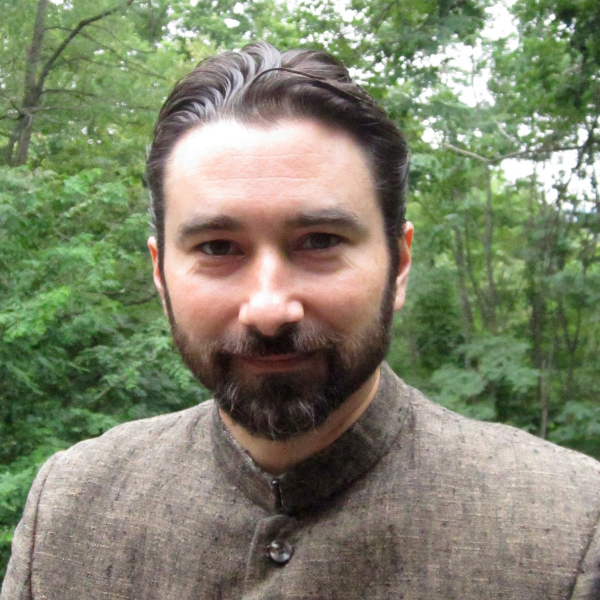
Pir Zia’s writings include Saracen Chivalry: Counsels on Valor, Generosity, and the Mystical Quest and Mingled Waters: Sufism and the Mystical Unity of Religions.
Pir Zia lives with his wife Pirani Sartaj and children Rasulan and Ravanbakhsh in Richmond and travels frequently.
